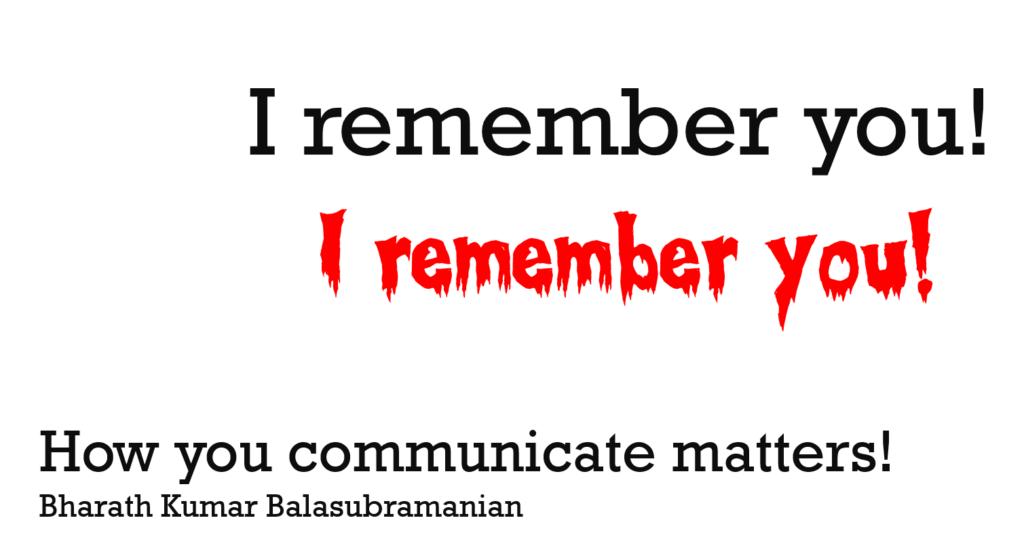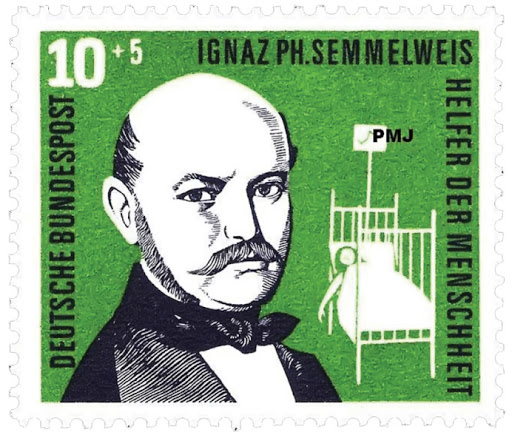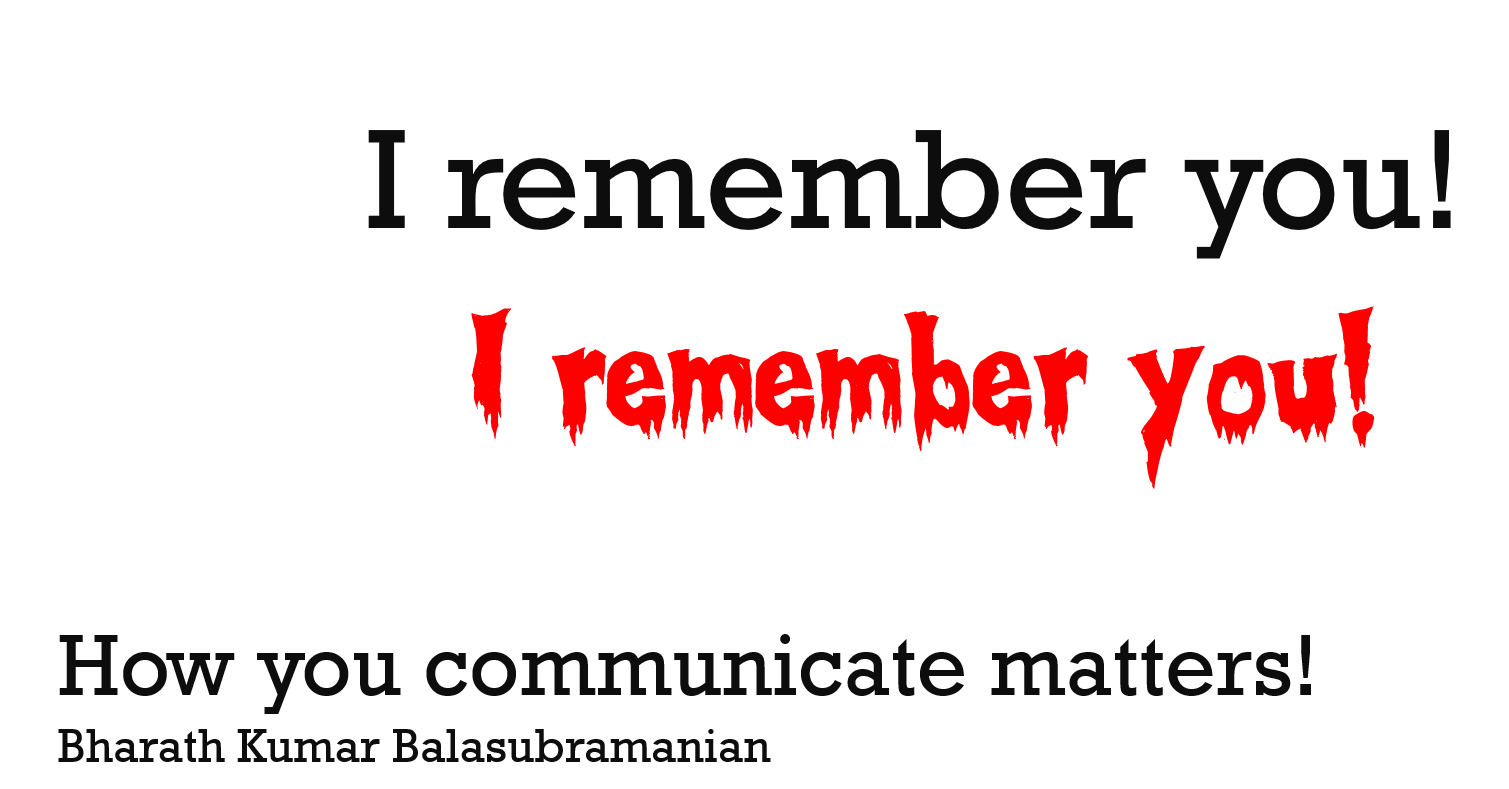You might have all the data, would have done the research — but, if you can’t get your point across. What’s the use?

Bharath Kumar BalasubramanianMar 14 · 4 min read


Why is communication such an important factor?
Communication is much more than just shooting off an e-mail or putting together a powerpoint. It actually starts with the purpose, ensures understanding of the target audience, gets your message across in the right format, solicits feedback/acknowledgement and ends with achieving the purpose and taking away lessons for later.
You might have done the hard work, but if you aren’t able to get your message across — what’s the point?
Let me tell you a story:
The year is 1846.
A Hungarian doctor named Ignaz Semmelweis is sitting at his desk.
Thoughtful. Concerned. Puzzled.

In his job at the maternity ward at the hospital of Vienna, he had noticed a trend.
The number of women dying in maternity wards was high. They were dying of a condition called as the puerperal or childbed fever.
He studied two maternity wards at the hospital.
- Ward 1 was staffed by male doctors and medical students.
- Ward 2 was staffed by female midwives.
He recorded the numbers and found out a startling fact — women were more like to die in the ward manned by the male doctors than in the ward taken care by midwives. The difference wasn’t small — it was a factor of 5!
This meant that the women in ward 1 died at a rate that was atleast 5 times higher than the rate in ward 2!
Now Semmelweis had to find out the reason!
Investigation 1: How did the childbirth process happen?
Ward 2 — the midwives adopted a process wherein the women gave birth lying in their sides. Could this be the reason? Well, no effect.
Investigation 2: Did the regular presence of priests and attendants with bells (whenever someone died) in ward 1 spook the women so much?
The routine of the priests was changed and the bells discarded. Was this the reason? No.
A little history here. As I mentioned, the year was 1846.
Diseases were always believed to be the handiwork of evil spirits or ‘bad air’. It was during this time that autopsies had started to be performed to understand about diseases. Bacteria & germs weren’t proved to be causative factors, as yet.
An incident happened that questioned the fundamentals of his premise about childbirth being a necessary condition. One of his friends fell ill and died. Semmelweis investigated the symptoms and found the same traits.
Hmm…interesting. So childbed fever wasn’t the only killer.
But why are more women dying in ward 1 than ward 2? This question was still unanswered.
Thinking about his friend’s death gave him the much anticipated breakthrough that he wanted.
What were the doctors in ward 1 doing different?
The answer was straightforward — The doctors were performing autopsies and the midwives weren’t!
So Semmelweis came up with his hypothesis — “Doctors perform the autopsy. Little pieces of the cadavers from the doctors’ gloves then find their way into the women’s bodies during delivery. These pieces of cadavers were what killing the women”
The concept of germs was still to be arrived at!
He then ordered the staff to start washing their hands and instruments with a chlorine solution (for the small — the best disinfectant of the time). Sounds crazy, but yes doctors did not wash their hands and instruments on priority.
When this was imposed, the magic happened: The rate of deaths fell drastically.
At this point, you would assume it was a happy ending. Semmelweis becomes a hero. Hand-washing after procedures was instituted and it became a prevalent practice. Happy ever after.
Nope.
People thought he was blaming the doctors on account of his hypothesis. Afterall, how could doctors themselves be spreading the disease! This is a kind of accusation that is strong enough to be heeded above logic! Semmelweis’s communication could have done with some fine tuning. He publicly berated the doctors and anyone who opposed him. He made enemies with the result that he lost his job.
Hand-washing was also given up. It wasn’t until 75 years later that this practice came to be instituted, and it was then many lives were saved from being needlessly lost. Even today. It isn’t perfect yet, but at least institutional procedures are in place.
The evidence was there, even then why wasn’t the change adopted?
Communication. Communication. Communication.
This is where the magic really lies.
Making people change their behavior is going to be met with resistance. It is not a simple FYI kind of a message!
We all know that culture and changing ‘the way it is always done’ are the biggest challenges in transformations for any kind.
So, what would be the kind of communication needed?
- Assertive, backed with facts.
- Convincing, showing how a simple act could result in benefits of 100x magnitude.
- Actionable, how easy it is to follow the suggestions, with the right system in place!
- Neutral, it is the problem to be attacked, not the person!
- Sustaining, how can the processes be replicated and ensured so that it does not fizz out after a bang!
This is the same case with our day to day work. Just imagine, how many good ideas are lost and bad decisions taken just because the communication wasn’t clear, persuasive enough or targeted at the right audience?
We have done the hard work — let’s ensure the communication reaches loud & clear!
Notes:
Story inspiration:
Book: Stories that move mountains — Sykes, Malik & West

